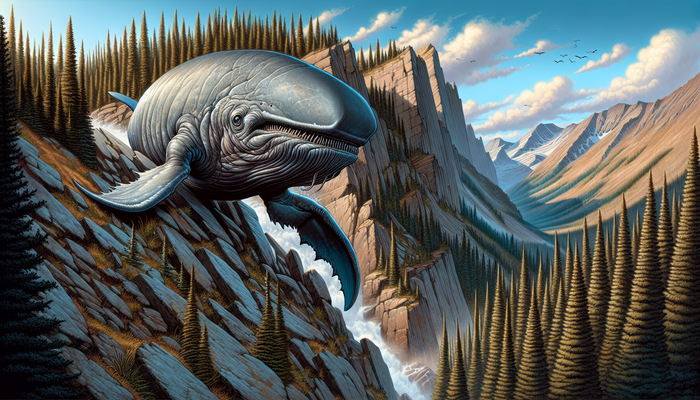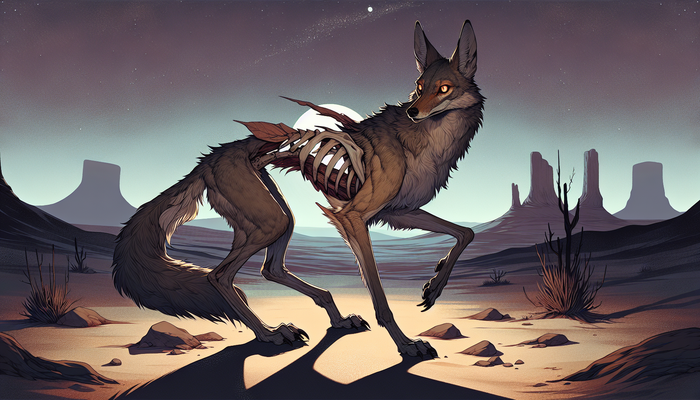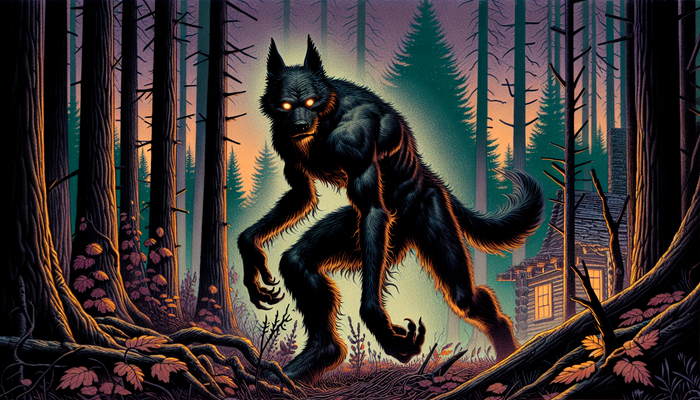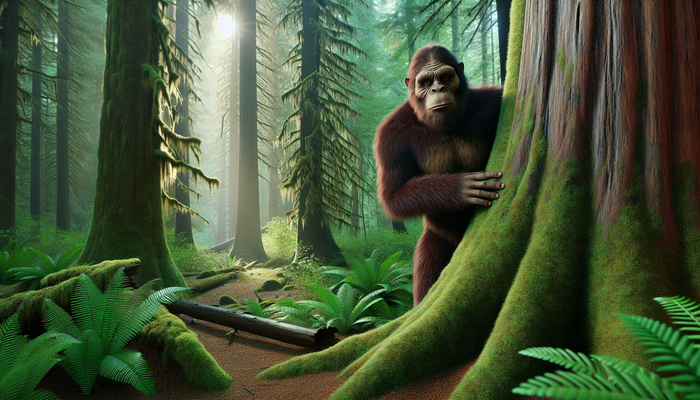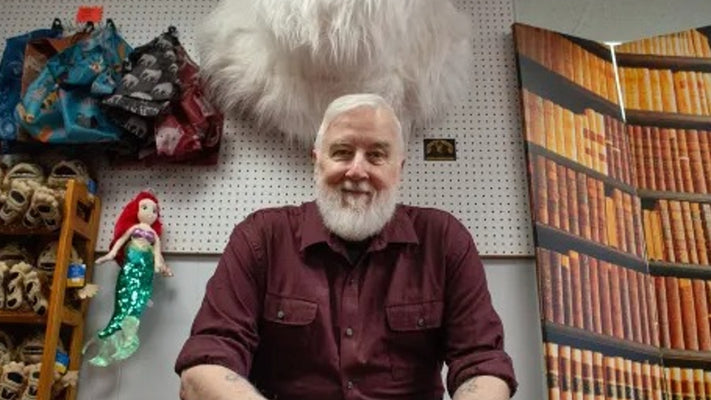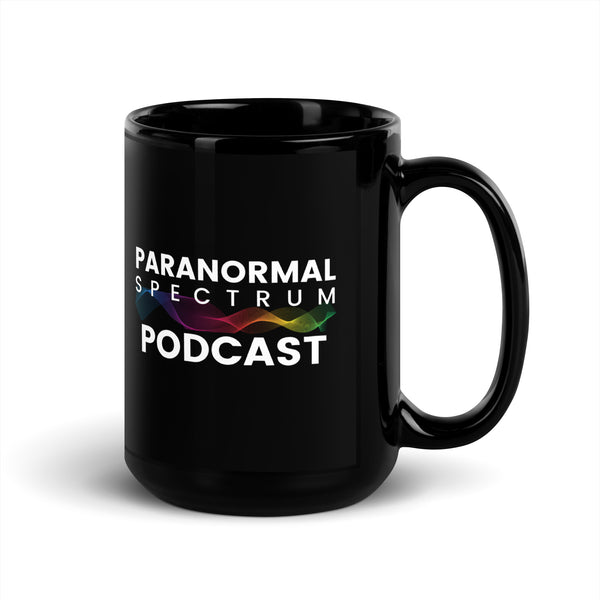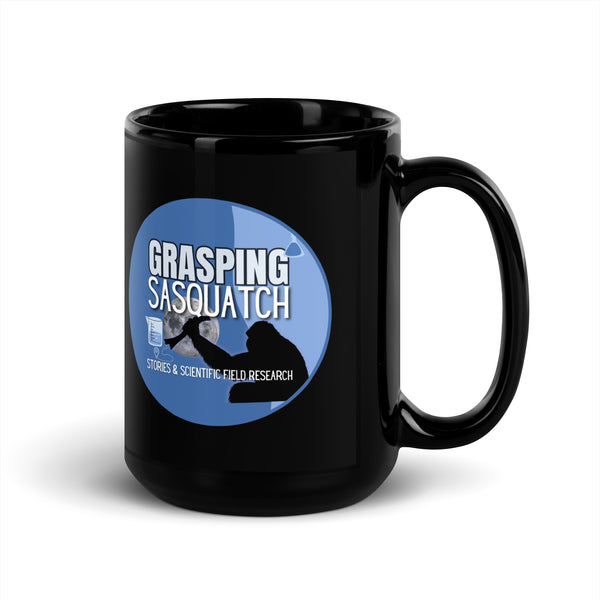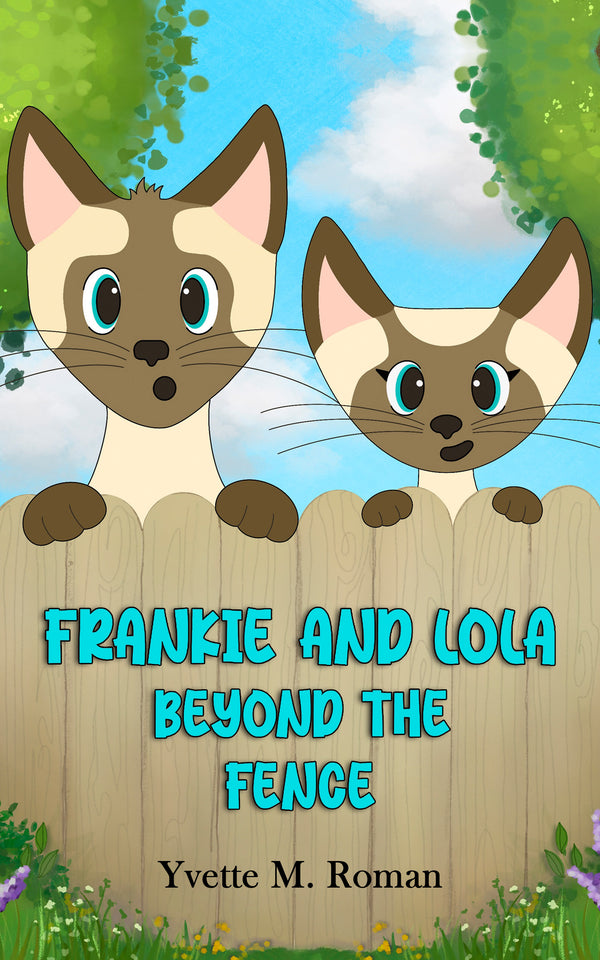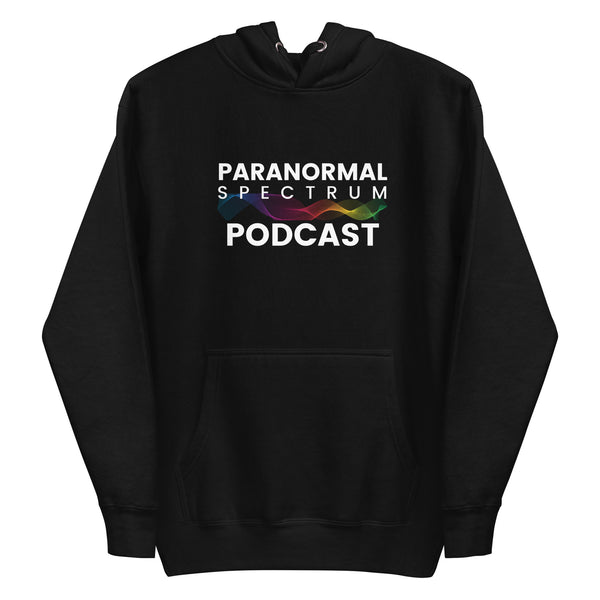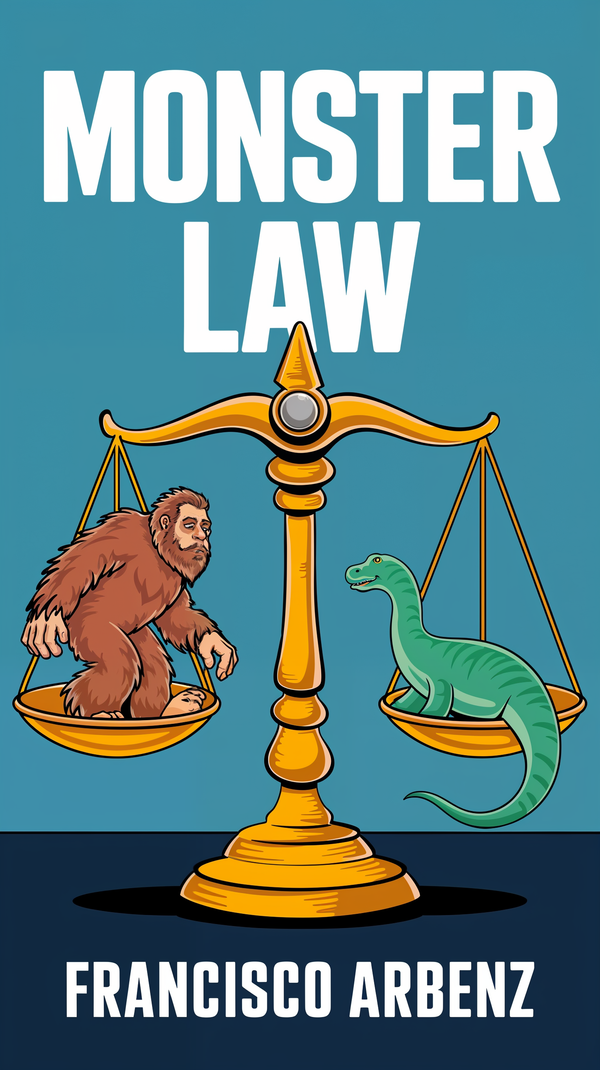Mice with Real Antlers Grown in the Lab
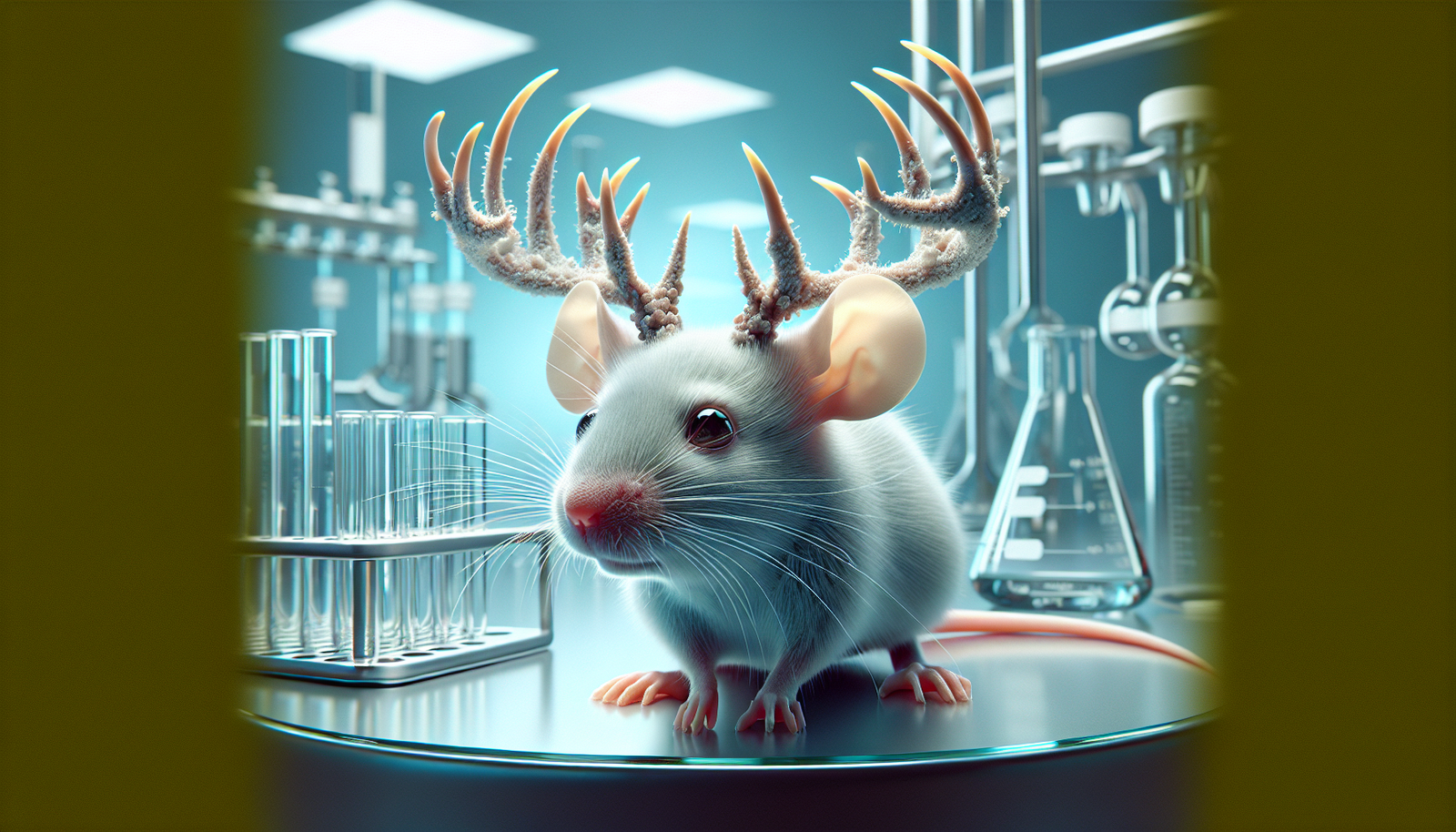
By Lucas Jennings, Cryptozoologist
In the vast tapestry of the natural world, few phenomena are as captivating and perplexing as the annual regeneration of deer antlers. These majestic appendages, adorning the heads of male cervids, are not merely ornamental; they are a testament to the raw power of biology, a living embodiment of the untapped potential that lies within the realm of regenerative medicine.
As an adventurous naturalist, I have always been drawn to the mysteries that lurk at the fringes of scientific understanding. And few mysteries have captured my imagination quite like the awe-inspiring regenerative capabilities of deer antlers. Each year, these remarkable structures are shed and regrown anew, a process that defies the conventional wisdom of mammalian biology.
But what if I told you that the secrets of antler regeneration are not confined to the misty forests and remote wilderness where deer roam? What if I revealed that, at this very moment, in a laboratory far from the untamed wilds, a groundbreaking experiment is unfolding—an experiment that could forever alter our understanding of regenerative medicine?
Imagine, if you will, a tiny mouse scurrying about its enclosure, its diminutive form dwarfed by the weight of scientific inquiry. But there is something peculiar about this mouse, something that sets it apart from its brethren. For upon its tiny brow, a pair of antlers, small yet unmistakable, protrude with an air of improbable wonder.
This is no mere flight of fancy, no trick of the imagination. This is the frontier of regenerative biology, where the line between science and myth blurs, and the impossible becomes tantalizingly real. Join me, dear reader, as we embark on a journey to unravel the mysteries of deer antler regeneration and explore the implications of this remarkable biological feat for the future of medicine.
The Remarkable Regenerative Capacity of Deer Antlers
To truly appreciate the significance of the antlered mouse, we must first delve into the extraordinary regenerative capabilities of deer antlers themselves. These structures are not merely fast-growing; they are, in fact, the fastest-growing bone tissue in the entire animal kingdom.
During the peak of the antler growth season, typically in spring and early summer, these appendages can grow at an astonishing rate of up to an inch per day. To put this into perspective, imagine a human child growing at a similar pace; they would reach the height of a fully grown adult in a mere matter of weeks!
But the speed of growth is only one facet of the antler's remarkable nature. These structures are not simple protrusions of bone; they are complex, highly organized tissues, comprising a intricate network of bone, cartilage, blood vessels, and nerves. This level of complexity is typically associated with the development of entire organs, not mere appendages.
The true marvel of antler regeneration, however, lies in its cyclical nature. Each year, as the seasons turn, the antlers of male deer undergo a dramatic transformation. Triggered by hormonal changes, the old antlers are shed, falling away like leaves in autumn. But this is not the end; it is merely the beginning of a new cycle of growth and renewal.
From the pedicles, the bony protuberances on the deer's skull, new antlers begin to emerge, pushing through the skin like saplings reaching for the sun. Over the course of the summer, these nascent structures grow and branch, fueled by a complex interplay of biological mechanisms that scientists are only beginning to unravel.
At the heart of this regenerative feat lie specialized stem cells, nestled within the pedicle. These "antler blastema progenitor cells," or ABPCs, are the key to the antler's remarkable growth and regeneration. Unlike most adult stem cells, which are restricted in their developmental potential, ABPCs possess the ability to differentiate into multiple cell types, including bone and cartilage.
It is this unique property of ABPCs that has captured the attention of researchers in the field of regenerative medicine. If we could harness the power of these cells, could we unlock the secrets of regeneration in other mammals, including humans? Could we, like the deer, regrow lost or damaged tissues, organs, and limbs?
These are the questions that drive the groundbreaking research into antler regeneration, and they are the very questions that have led to the creation of the antlered mouse—a living, breathing testament to the untapped potential of regenerative biology.
Harnessing the Power of Antler Stem Cells: The Groundbreaking Mouse Experiment
In a laboratory far removed from the forests and fields where deer roam, a team of researchers has embarked on a groundbreaking experiment that could forever change the face of regenerative medicine. Their goal: to harness the power of antler stem cells and unlock the secrets of regeneration in mammals.
The first step in this audacious endeavor was to isolate and culture the ABPCs from deer antlers. This was no simple task; the researchers had to carefully time their collection to coincide with the early stages of antler regeneration, when the stem cells are at their most potent.
They discovered that antlers shed within the past five days contained the highest concentration of ABPCs with the greatest regenerative potential. Armed with this knowledge, the researchers painstakingly extracted these precious cells and nurtured them in petri dishes, coaxing them to grow and multiply in the controlled environment of the laboratory.
But growing stem cells in a dish is one thing; translating their regenerative potential to a living organism is another matter entirely. This is where the mouse comes in—or, more specifically, a very special breed of mouse.
The researchers selected a strain of hairless mice, whose lack of fur would allow for easier observation of any potential antler growth. These mice were to be the recipients of the cultured ABPCs, the living test subjects in a daring experiment that sought to bridge the evolutionary gap between deer and rodents.
With great care and precision, the researchers transplanted the ABPCs into the foreheads of the mice, nestling the stem cells between the ears in a location that roughly corresponded to the pedicles on a deer's skull. A control group of mice received no stem cell implants, serving as a baseline for comparison.
Then, the waiting began. Would the ABPCs survive in their new host? Would they retain their regenerative potential, or would they simply be absorbed into the mouse's body, leaving no trace of their presence? The researchers watched and waited, their anticipation growing with each passing day.
And then, something extraordinary happened. Within a mere 45 days of the stem cell transplantation, the mice began to exhibit signs of antler growth. Small, but unmistakable protrusions emerged from their foreheads, pushing through the skin like tiny buds in springtime.
As the days turned into weeks, these protrusions continued to grow, taking on the unmistakable shape of antlers. Miniature though they were, these structures bore all the hallmarks of their larger counterparts: a core of bone, surrounded by a layer of cartilage, and enveloped in a network of blood vessels and nerves.
The implications of this astonishing development were immediately clear. The ABPCs, transplanted into a entirely different species, had not only survived but thrived. They had retained their regenerative potential, and more than that, they had successfully initiated the antler growth program in the mouse hosts.
This was a breakthrough of monumental proportions. Never before had scientists been able to induce the growth of a complex, regenerative structure like an antler in a non-cervid mammal. The antlered mice, tiny though they were, represented a giant leap forward in our understanding of regenerative biology.
But the true significance of this experiment lies not in the novelty of mice with antlers, but in the broader implications for the field of regenerative medicine. If ABPCs could be transplanted and function in a mouse, could they also be used to regenerate tissues and organs in humans? Could the secrets of antler regeneration hold the key to unlocking regenerative abilities that have long been dormant in our own species?
These are the tantalizing questions that the antlered mouse experiment has brought to the forefront of scientific inquiry. And as we stand on the brink of this new frontier in regenerative medicine, it is clear that the tiny, antlered mouse is but the first step in a journey that could transform the very nature of human healing.
Evolutionary Insights: Unlocking Dormant Regenerative Abilities in Mammals
The antlered mouse, for all its novelty and scientific intrigue, is more than just a curiosity. It is a window into the evolutionary history of regeneration in mammals, and a tantalizing hint at the dormant potential that may lie within our own species.
To understand the significance of the antlered mouse, we must first consider the broader context of regeneration in the animal kingdom. Regenerative abilities are widespread among simpler organisms, such as starfish, which can regrow entire limbs, and planaria, which can regenerate their entire body from a small fragment.
But as we move up the evolutionary ladder, regenerative capabilities become increasingly rare. Mammals, in particular, have largely lost the ability to regenerate organs and limbs, with a few notable exceptions such as the liver, which can regenerate up to 70% of its mass.
This loss of regenerative potential is thought to be a consequence of the increasing complexity of mammalian biology. As organisms evolved more sophisticated systems for growth and development, the pathways that governed regeneration became less active, or were repurposed for other functions.
But the deer antler stands as a striking counterexample to this trend. Here is a complex, highly organized structure that regenerates annually, in full, without any apparent detriment to the animal. How is this possible, and what does it tell us about the evolutionary history of regeneration in mammals?
The key, it seems, lies in the unique properties of the ABPCs that drive antler growth. These cells, in many ways, resemble the embryonic stem cells that give rise to all the tissues and organs of the developing fetus. They possess a remarkable plasticity, able to differentiate into multiple cell types and orchestrate the complex process of tissue formation.
In the deer, these embryonic-like stem cells persist into adulthood, tucked away in the pedicles at the base of the antlers. Each year, in response to seasonal cues, they reactivate, recapitulating the developmental processes that first gave rise to the antlers during puberty.
This annual reactivation of embryonic-like stem cells is a rare and remarkable feat in the mammalian world. It suggests that the genetic and molecular pathways that govern regeneration are not entirely lost in mammals, but rather lie dormant, waiting to be awakened under the right circumstances.
The antlered mouse experiment provides compelling evidence for this hypothesis. By transplanting ABPCs into a mouse, the researchers were able to "turn on" the antler growth program in a species that has long since lost the ability to regenerate complex structures.
This suggests that the regenerative potential of deer antlers is not unique to cervids, but rather represents a conserved biological mechanism that could potentially be harnessed in other mammals, including humans.
Of course, the path from mouse to human is not a straightforward one. There are significant differences in physiology, scale, and complexity that must be overcome. But the antlered mouse stands as a proof of concept, a demonstration that the regenerative abilities of deer are not an evolutionary anomaly, but a window into a broader potential that lies dormant within the mammalian genome.
As we continue to unravel the secrets of antler regeneration, we may find ways to reawaken these dormant regenerative pathways in our own species. We may learn to coax our own stem cells to recapitulate the developmental processes of our embryonic past, to regenerate tissues and organs lost to injury or disease.
The antlered mouse, then, is more than just a scientific curiosity. It is a symbol of hope, a beacon lighting the way towards a future in which regenerative medicine is not a distant dream, but a tangible reality. And as we stand on the threshold of this new frontier, it is the humble deer, with its majestic, regenerative antlers, that is showing us the way forward.
Potential Medical Applications: Regrowing Bones, Cartilage and More
The implications of the antlered mouse experiment extend far beyond the realm of basic science. The ability to harness the regenerative potential of ABPCs could have profound implications for the field of medicine, offering new hope for patients suffering from a wide range of conditions.
One of the most immediate potential applications is in the realm of orthopedics. Bone and cartilage injuries are among the most common and debilitating conditions faced by patients worldwide, ranging from fractures and osteoarthritis to degenerative disc disease and osteoporosis.
Current treatments for these conditions are often inadequate, focusing on managing symptoms rather than addressing the underlying cause. Broken bones are set and immobilized, allowing the body's natural healing processes to knit the fragments back together. But this healing is often imperfect, leaving patients with chronic pain, reduced mobility, and an increased risk of future fractures.
Cartilage injuries are even more challenging to treat. Unlike bone, cartilage has a very limited capacity for self-repair, and once damaged, it rarely heals completely. This can lead to a progressive deterioration of joint function, culminating in the need for invasive surgical interventions such as joint replacement.
But what if we could harness the regenerative potential of ABPCs to accelerate and enhance the healing of bone and cartilage injuries? What if, instead of merely setting a broken bone, we could coax it to regenerate, restoring its full strength and function?
This is the tantalizing possibility raised by the antlered mouse experiment. By demonstrating that ABPCs can initiate and sustain the growth of complex bony structures in a non-cervid mammal, the researchers have opened the door to a new approach to orthopedic medicine.
Imagine a future in which a patient with a complex fracture could receive a transplant of ABPCs, either from a donor or derived from their own cells, directly into the site of the injury. These cells, with their potent osteogenic and chondrogenic potential, could then set to work, orchestrating the rapid and complete regeneration of the damaged bone and cartilage.
Such an approach could dramatically reduce healing times, minimize the risk of complications, and restore patients to full function far more quickly and completely than is currently possible. It could also potentially be applied to the treatment of chronic conditions such as osteoporosis, where the gradual loss of bone mass leads to an increased risk of fractures.
But the potential applications of ABPC-based regenerative medicine extend far beyond the realm of orthopedics. The antler, after all, is not just a bony structure; it is a complex organ, complete with blood vessels, nerves, and connective tissues.
This raises the intriguing possibility that the regenerative mechanisms at play in antler growth could be harnessed to treat a wide range of other conditions. For example, the rapid growth of blood vessels in the developing antler could potentially be leveraged to promote the revascularization of damaged tissues, such as those affected by peripheral artery disease or ischemic stroke.
Similarly, the ability of ABPCs to differentiate into multiple cell types could be exploited to regenerate other tissues and organs.
From Bigfoot to UFOs: Hangar 1 Publishing Has You Covered!
Explore Untold Stories: Venture into the world of UFOs, cryptids, Bigfoot, and beyond. Every story is a journey into the extraordinary.
Immersive Book Technology: Experience real videos, sights, and sounds within our books. Its not just reading; its an adventure.


